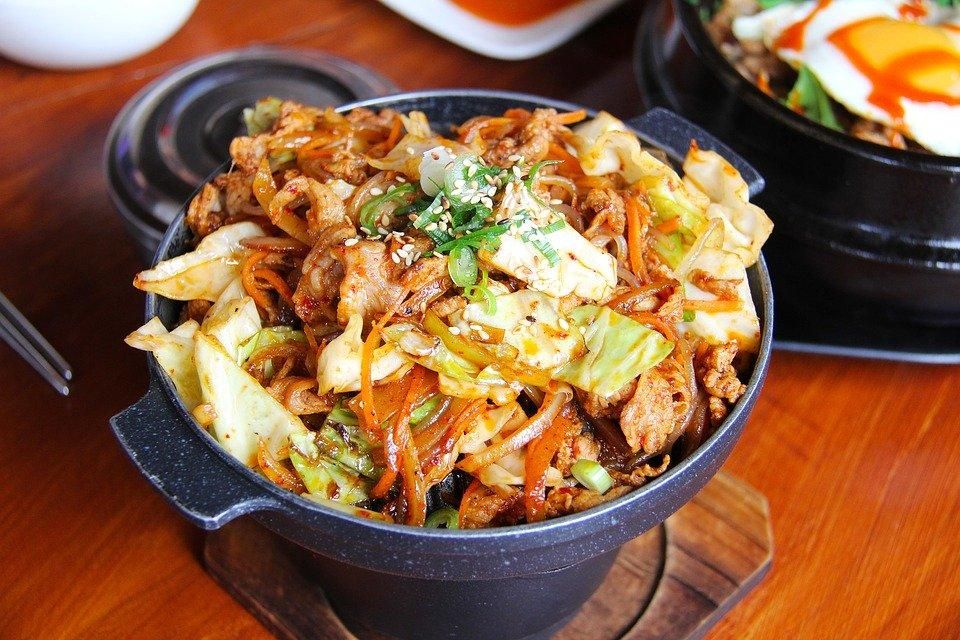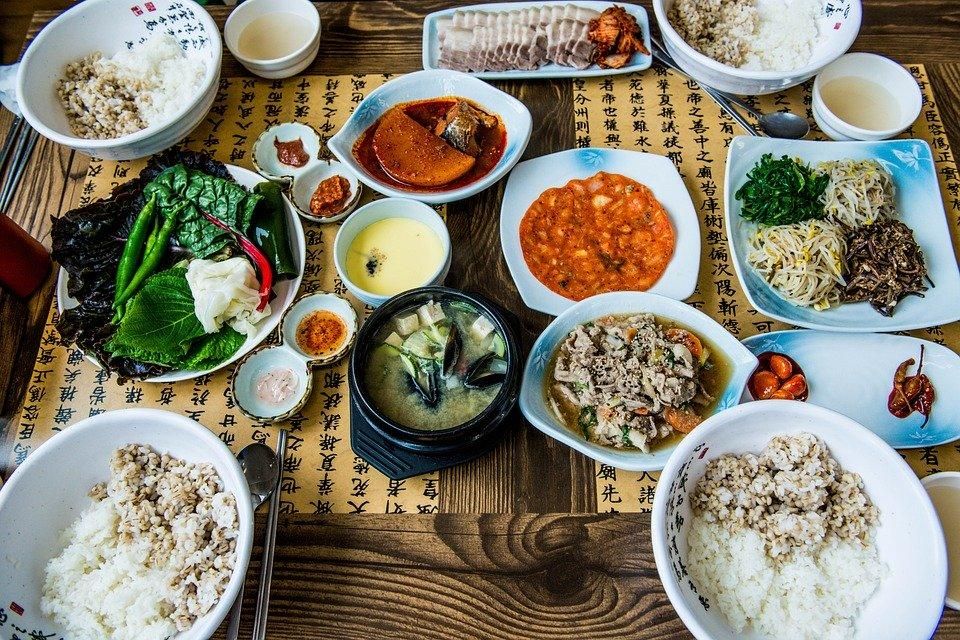There has been a significant inclusion of Korean culture across the world during the past few years. More people are now indulging in various Korean commodities that come with a unique disposition and appeal. However, even after the popularity of eSports and Korean films winning at the Oscars, there is still so much more one can discover about this beautiful nation.
Amongst the many exports of Korea is its delicious cuisine. Just like Japanese food captured the international market at the turn of the century, Korean dishes are slowly becoming a favourite amongst people who have until recently never before tasted them. There is a lot that can be written about all the wonderful recipes that form a part of the local Korean cuisine. However, there are also some facts about them to read beforehand, that can help you better understand why Korean food culture continues to intrigue and allure people around the globe.
No Course Meal
Gourmands, used to the Western style of eating, might find it strange when all of their ordered dishes come to the table at the same time in a Korean restaurant. Unlike elsewhere, there is no concept of meal courses that come one after another. Instead, many dishes come together so people can pick and choose and eat as they like. A Korean meal also has plenty of side-dishes that add to the charm of the cuisine.
Spice It Up!
Koreans love spicy food, and with fermented red chilli paste being an essential ingredient you can expect a hot and fiery meal every time. However, unlike the food in India, there is a unique balance in the overall taste of the meal, with slightly sweet side dishes often juxtaposing the more spicy main plates. In the end, the food is surprisingly light on the stomach and doesn’t leave you running for the water to calm your throat down.
Vegetarian Delight
A common misconception about Korean food is that it is predominantly non-vegetarian. In fact, it is the opposite. Koreans are very particular about what they eat, and thus, vegetables form a significant part of their everyday cooking. Moreover, fresh herbs and lots of different green plants are also incorporated into the food. However, the flavours always remain distinctly Korean.
Sports and Snacks
You don’t need a microscope to find a number of similarities that exist between Japan and Korea. For starters, several Japanese popular sports are equally loved by Koreans. Baseball, football, and martial arts have many Korean fans who support their teams religiously in local and international competitions. Similarly, when it comes to favourite snacks, both the Japanese taiyaki and Korean bungeoppang are alike in nature. Both are fish-shaped waffles with a red bean filling. However, in Korea, there is a growing shift towards the more Western-styled Belgian waffles these days.
Chopsticks
It is a surprise for most outsiders that different countries in Asia use different types of chopsticks. For example, Korean chopsticks are typically stainless-steel metal and not wood because the state doesn’t have a vast wood supply. Because of this reason they are slightly rougher in texture. While Japanese chopsticks tend to be a little pointed towards the end, the same is not true with Korean ones. And in terms of their length, the Korean ones are shorter than what Japanese and Chinese people use back home.

